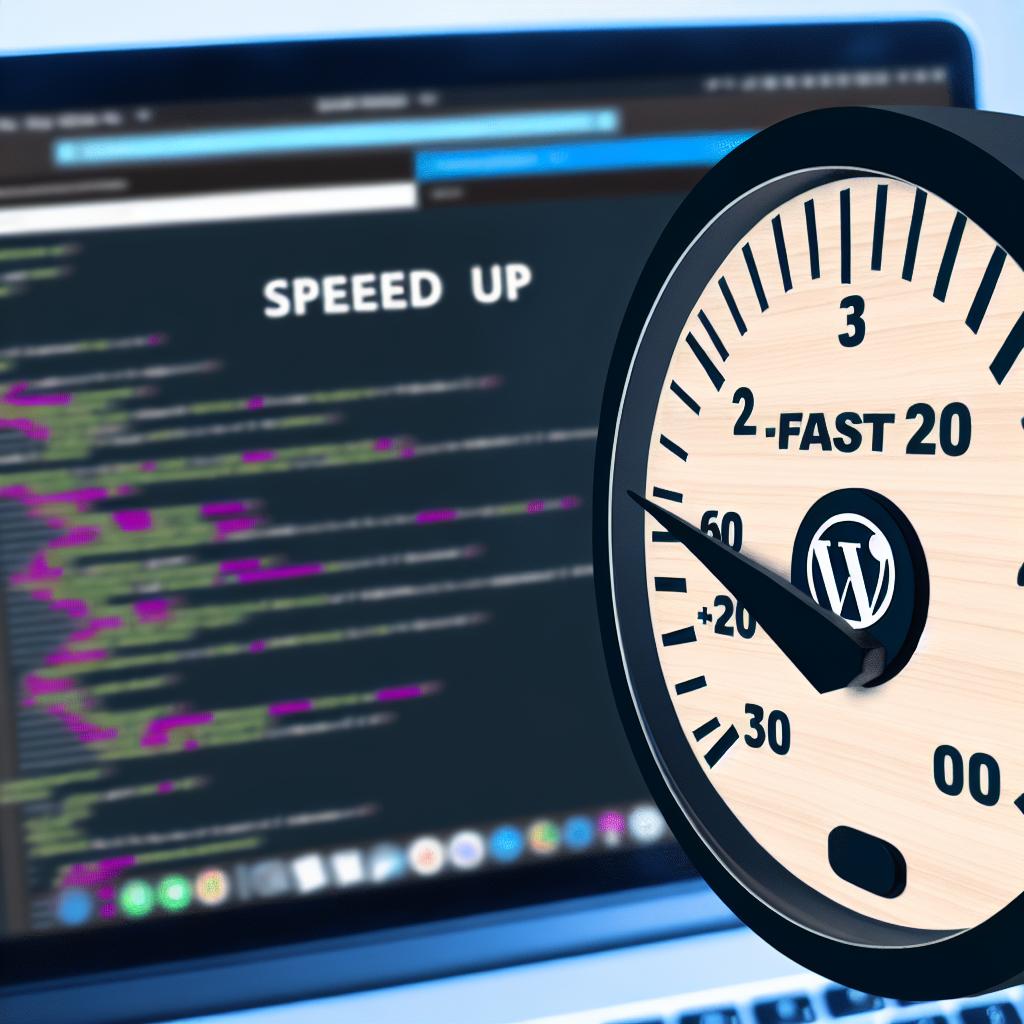Understanding the Importance of Site Speed
In today’s fast-paced digital landscape, a fast-loading website is not just a luxury but a necessity. The speed at which a website loads can have far-reaching implications across various facets like search engine rankings, user experience, and even conversion rates. The modern internet user expects a website to load almost instantaneously, and a delay of even a few seconds can lead to a significant drop in user engagement. Consequently, a slower site can result in lost business opportunities and decreased audience retention. Additionally, search engines such as Google factor in site speed as a critical ranking element, which renders it all the more crucial for businesses to optimize their sites for quicker performance.
Assessing Your Current Speed
Before making any enhancements, it is essential to evaluate your current site speed. Utilizing specific tools can give you insights into where your website stands in terms of speed. Tools like GTmetrix, Google PageSpeed Insights, and Pingdom Website Speed Test are instrumental in this regard. They deliver comprehensive reports focusing on key metrics such as load time, total page size, and the number of requests made to the server. This initial assessment is vital as it helps you identify areas that necessitate improvements.
Optimizing Images
Images are pivotal in enhancing the visual appeal of a webpage, but they also consume a considerable portion of a webpage’s bandwidth. Addressing this by optimizing images is a highly effective strategy to boost your WordPress site’s speed. Prior to uploading, ensure that images are resized appropriately. Adopting the right format also plays a significant role: JPEG for photographs due to its compression capabilities and PNG for graphics that consist of fewer colors. To automate image compression without compromising on quality, consider leveraging image optimization plugins such as Smush or EWWW Image Optimizer.
Caching Solutions
Caching is another powerful technique to reduce load times effectively. By storing portions of your website, caching allows for faster data retrieval when a user visits the site. Popular WordPress plugins such as W3 Total Cache and WP Super Cache can help streamline this process. These tools significantly reduce the time it takes to fetch information, thereby accelerating access times and enhancing the user experience.
Minifying CSS, JavaScript, and HTML
Minifying involves the elimination of unnecessary characters, such as spaces and comments, from your website’s code. This results in a reduced file size, which in turn contributes to a quicker load time. Tools like Autoptimize efficientize this process by minimizing code complexity and ensuring a leaner, faster website operation.
Choosing the Right Hosting Provider
A crucial determinant of your site’s speed is the hosting provider you choose. It is imperative to assess providers based on criteria such as server response times and overall performance. Managed WordPress hosting services such as WP Engine or Kinsta are often recommended because they offer optimized speed and performance specifically tailored for WordPress sites. Opting for a reliable host can have a profound impact on overall site responsiveness and user satisfaction.
Content Delivery Network (CDN) Usage
Employing a Content Delivery Network (CDN) can lead to significant improvements in speed and reliability. A CDN works by hosting copies of your site’s static content on multiple servers distributed worldwide. This setup reduces load time by delivering content closer to the user’s geographic location. CDNs such as Cloudflare or StackPath can greatly enhance site speed, ensuring a more responsive and dependable user experience.
Limiting Plugins
While plugins are valuable for adding functionality to your site, excessive or poorly coded ones can detrimentally impact its speed. Regular audits to assess the number and quality of your active plugins are advisable. During these assessments, focus on limiting the number to those absolutely necessary, while ensuring they are up-to-date and properly maintained by their developers. Doing so can mitigate potential slowdowns and contribute to a more efficient site performance.
To sum up, enhancing the speed of your WordPress site involves a myriad of tasks, including optimizing images and codes, employing effective tools, and choosing the right service providers. Continuous evaluation and periodic updates are crucial to maintaining a quick, efficient site, thereby facilitating a seamless browsing experience for all visitors. By implementing these strategies diligently, website owners can meet the exacting demands of today’s internet users, achieving not just enhanced visibility but also a sustained competitive edge.
